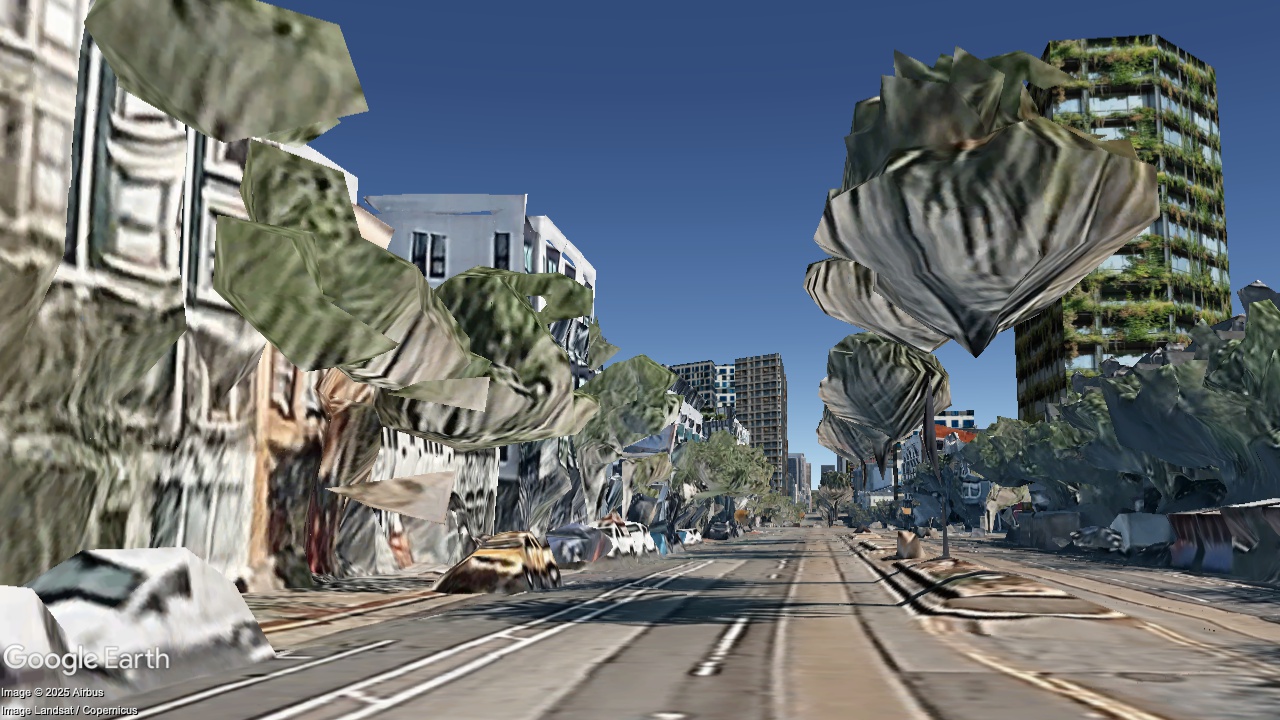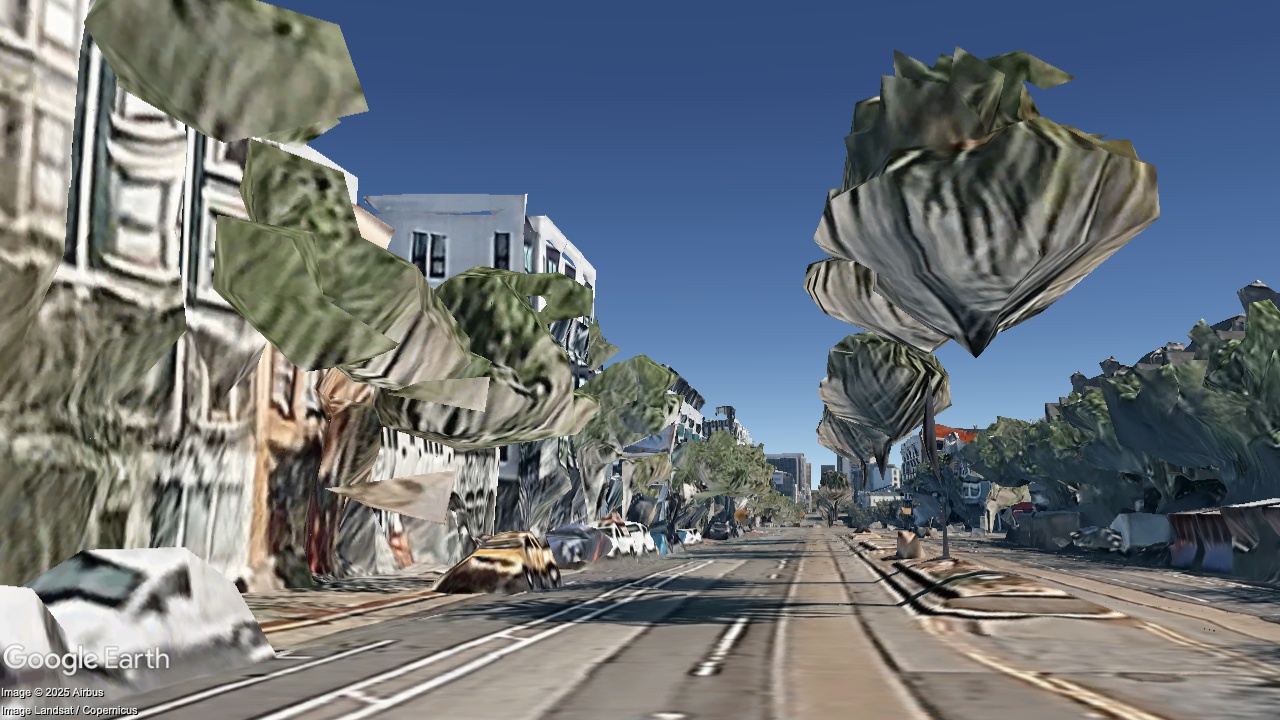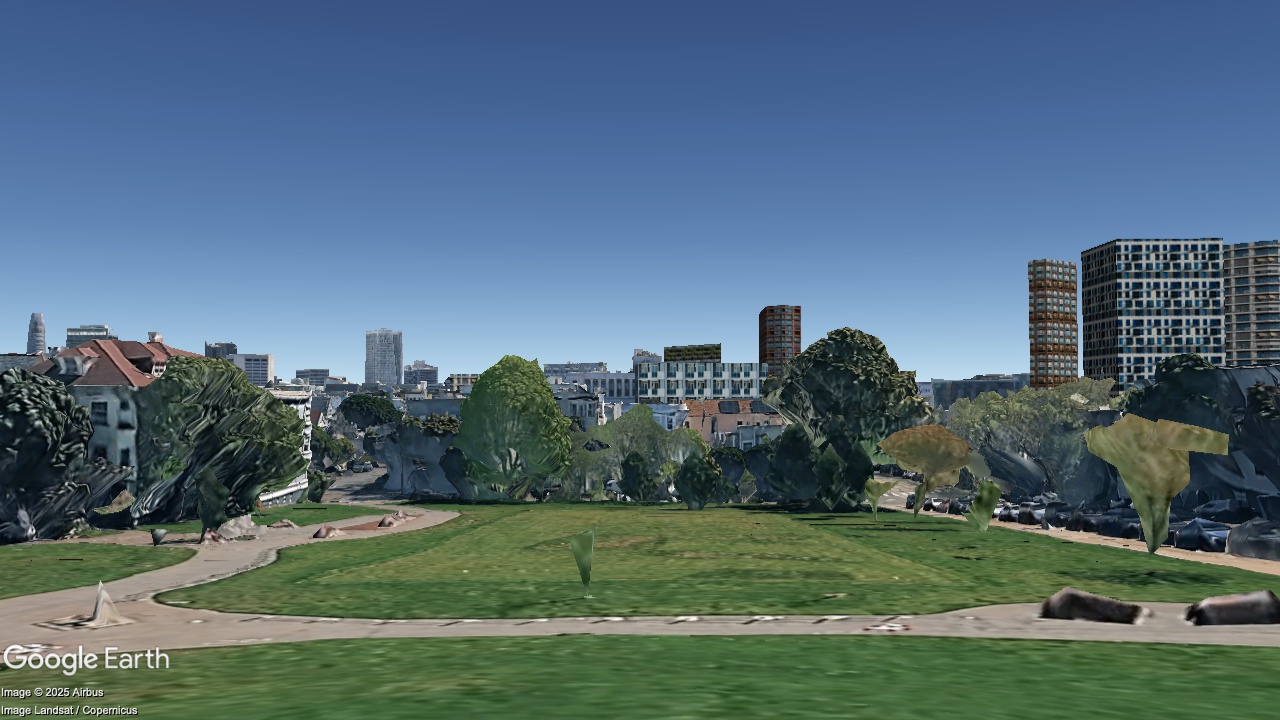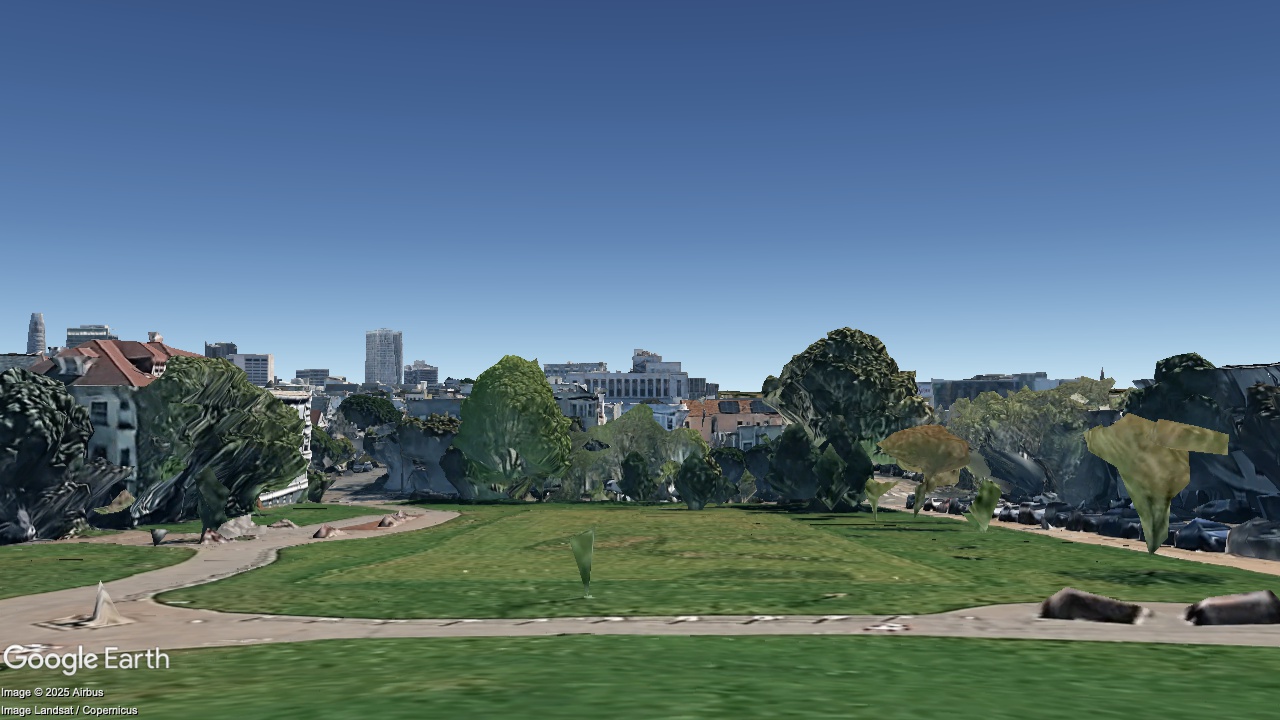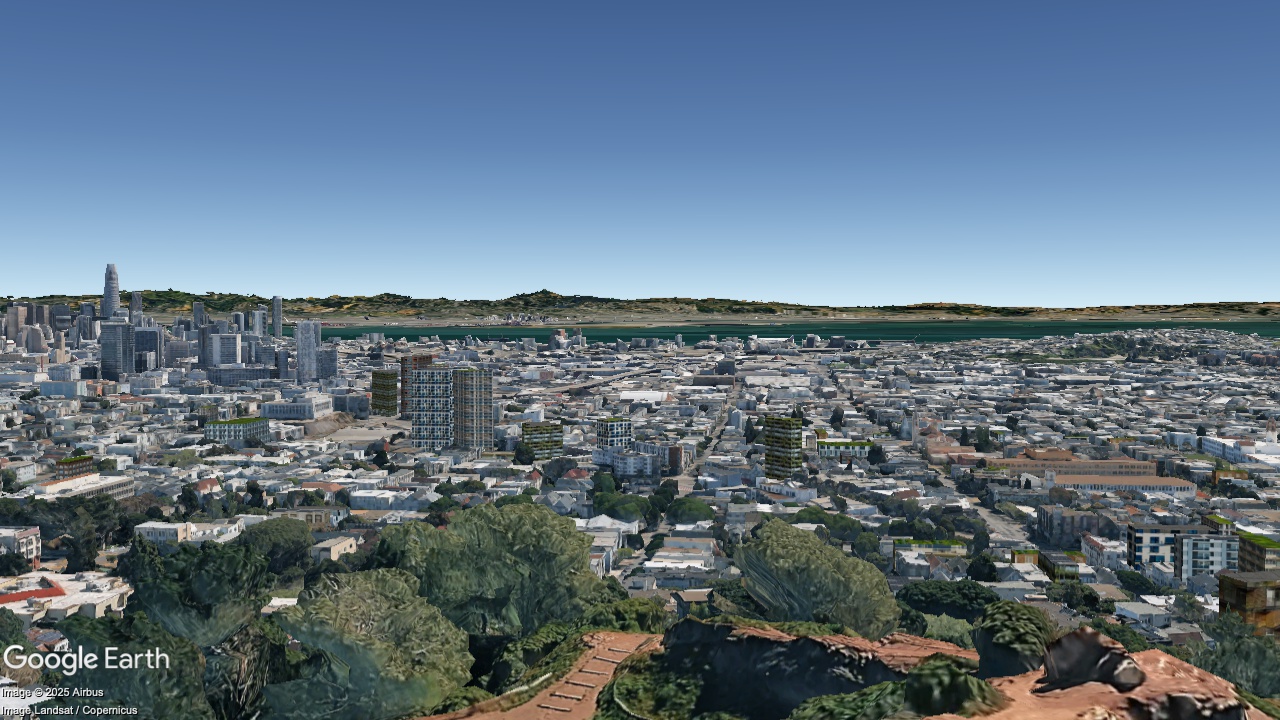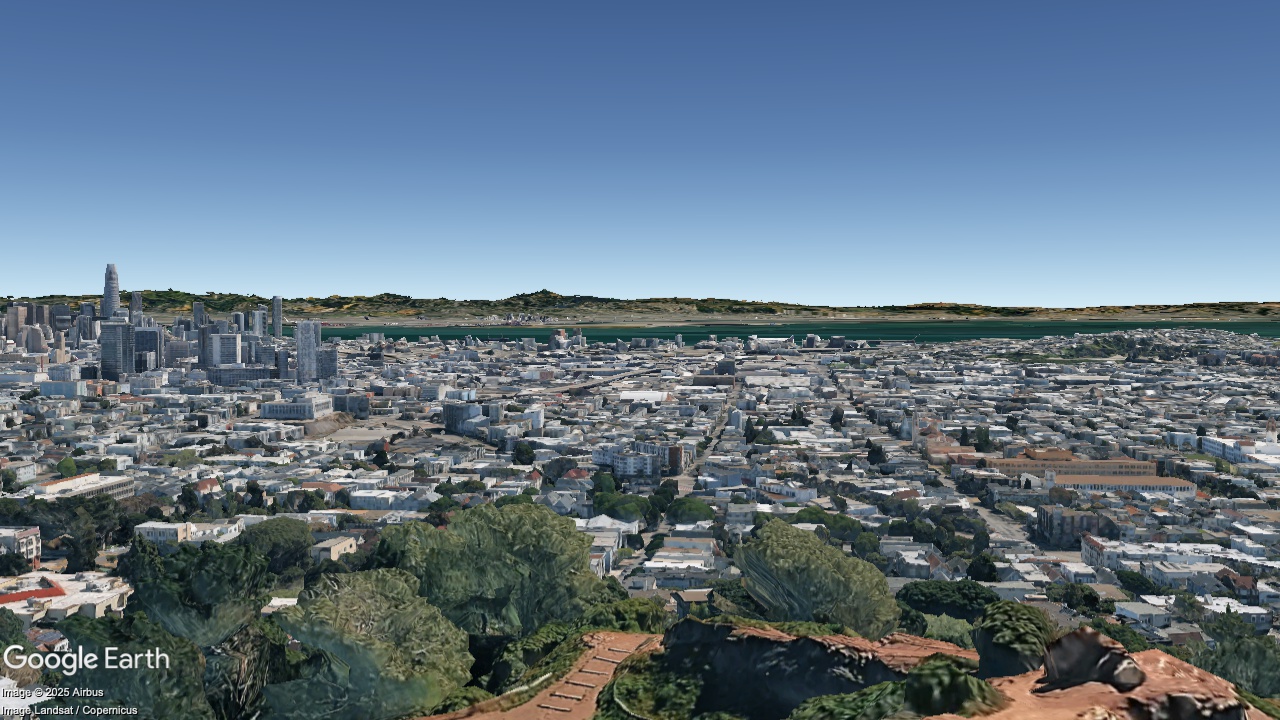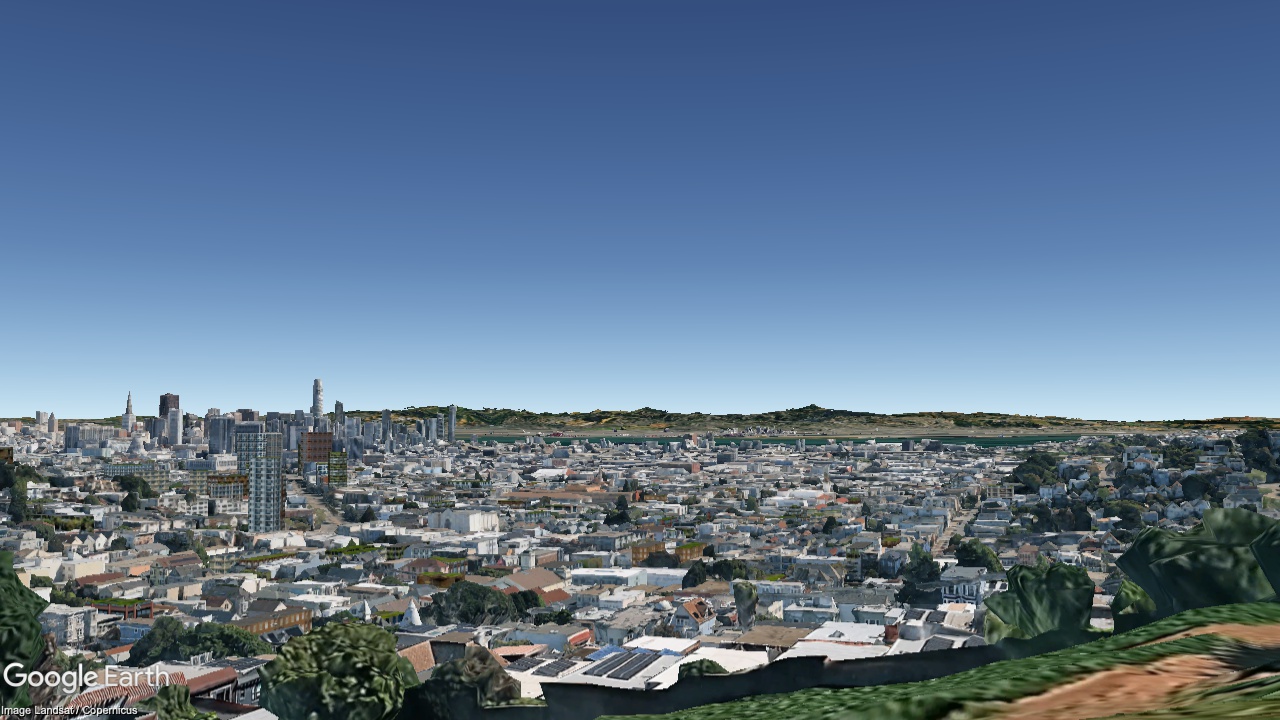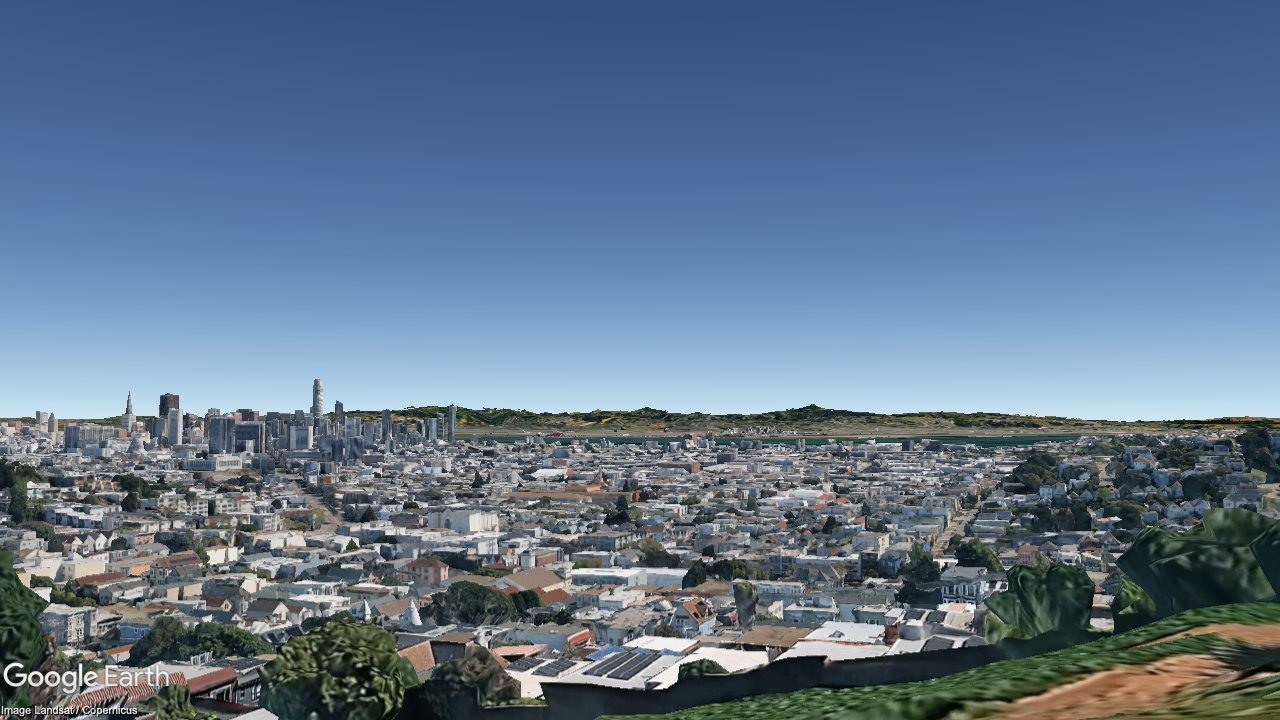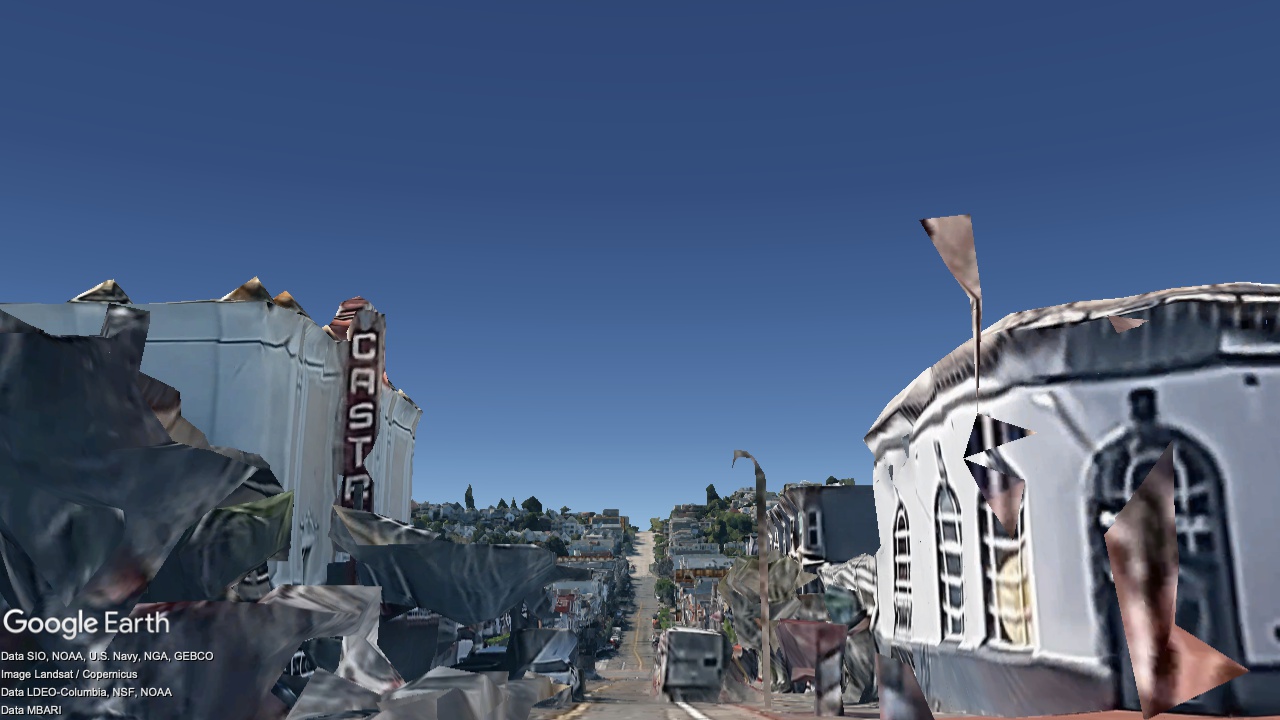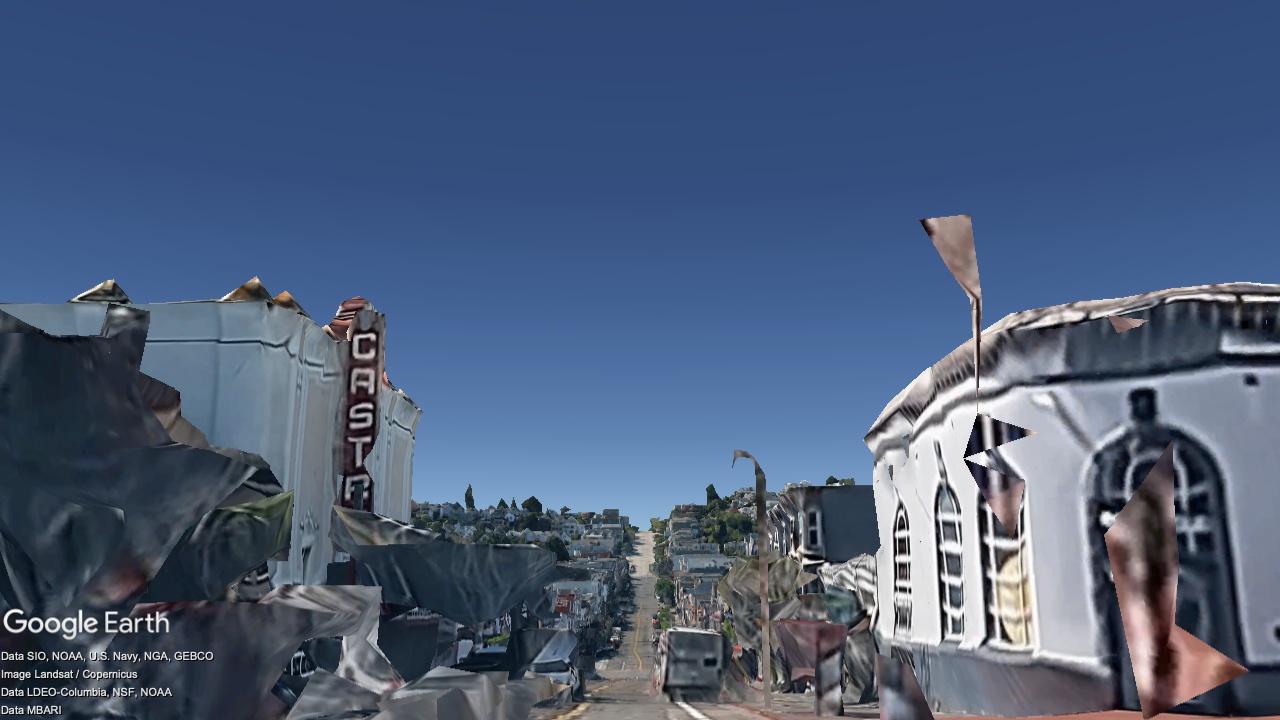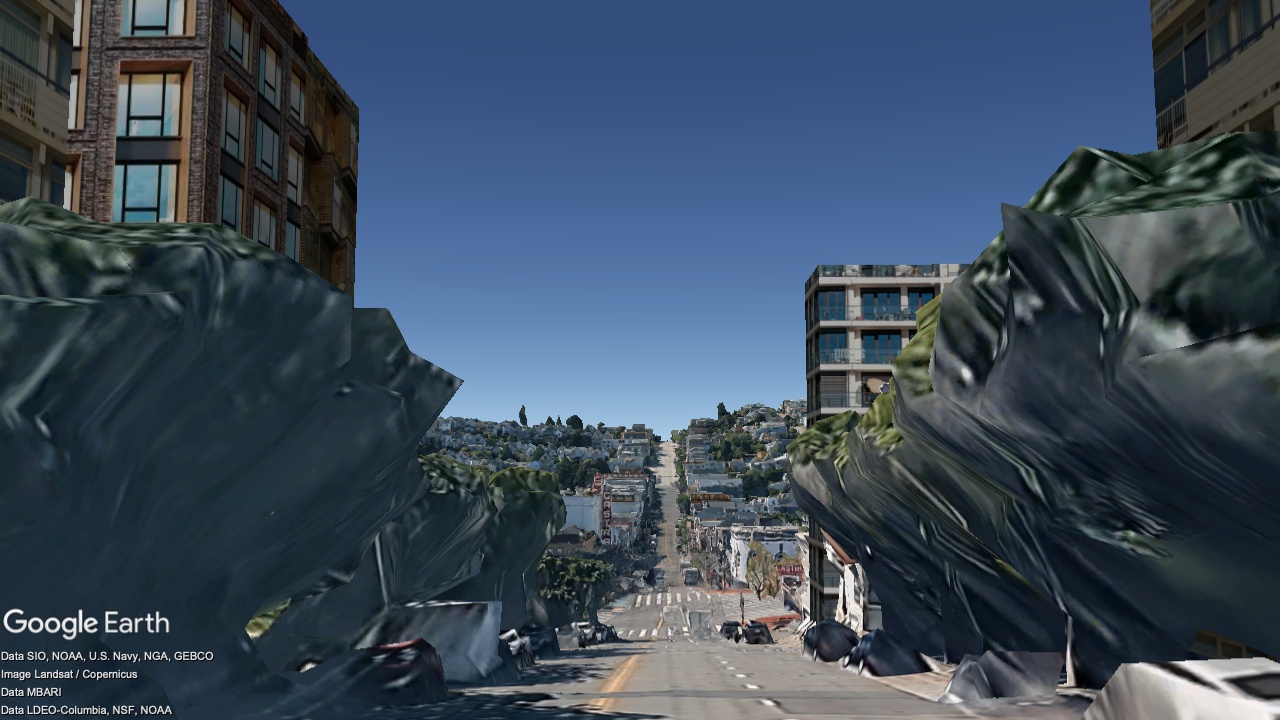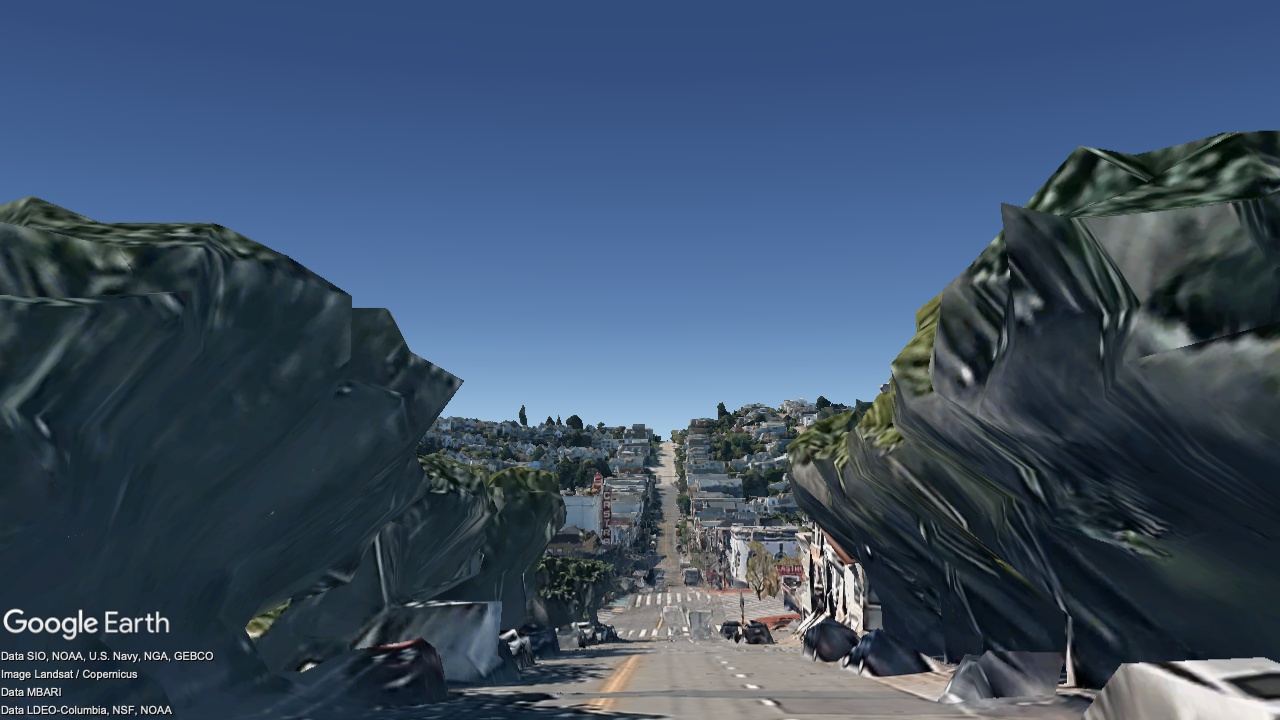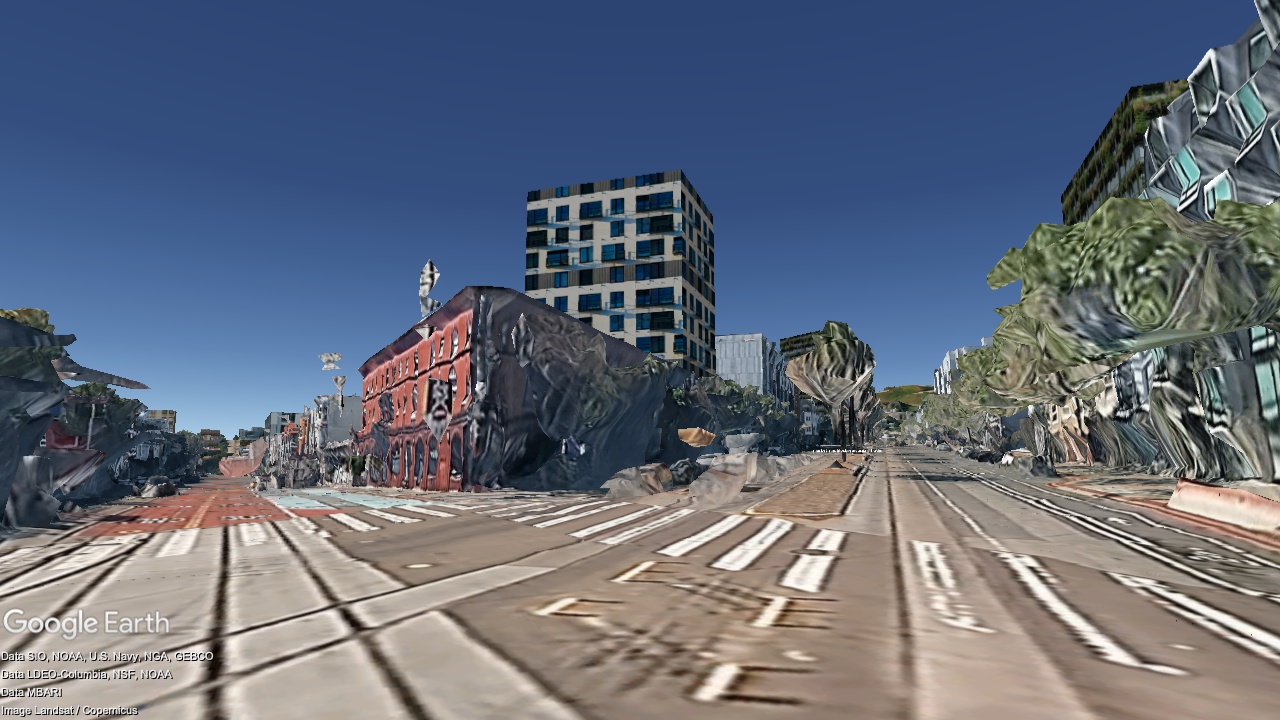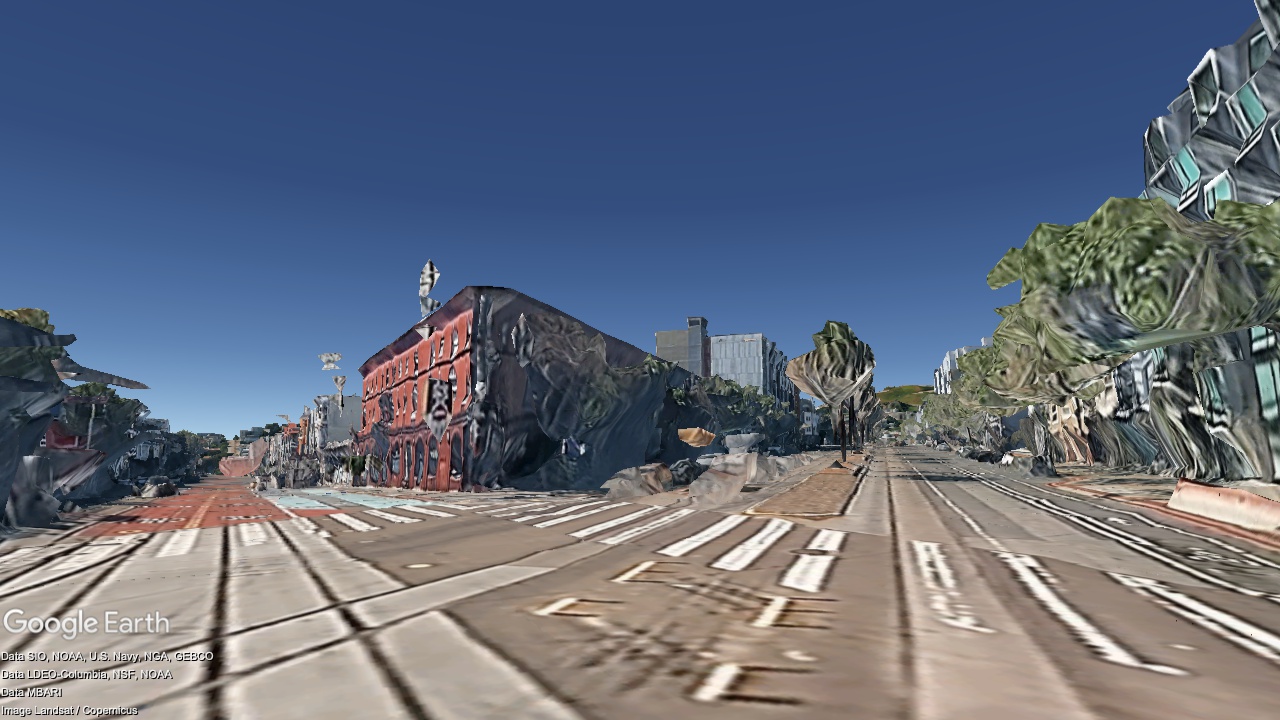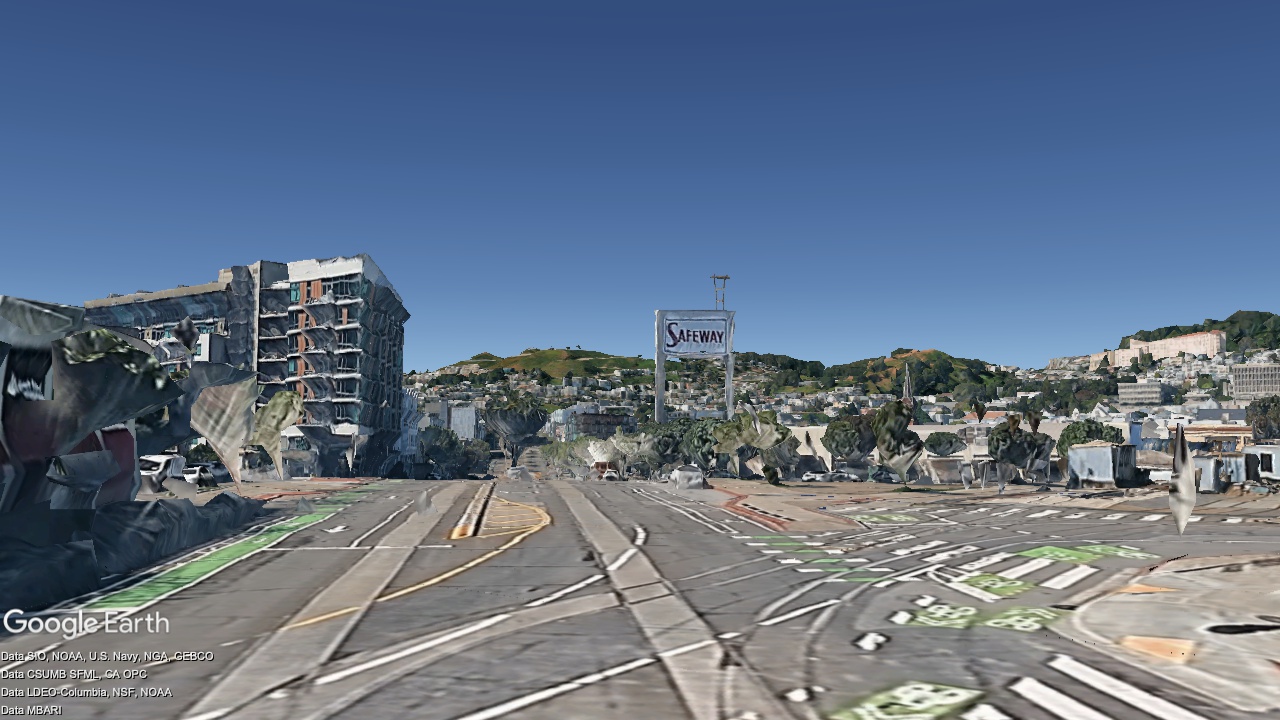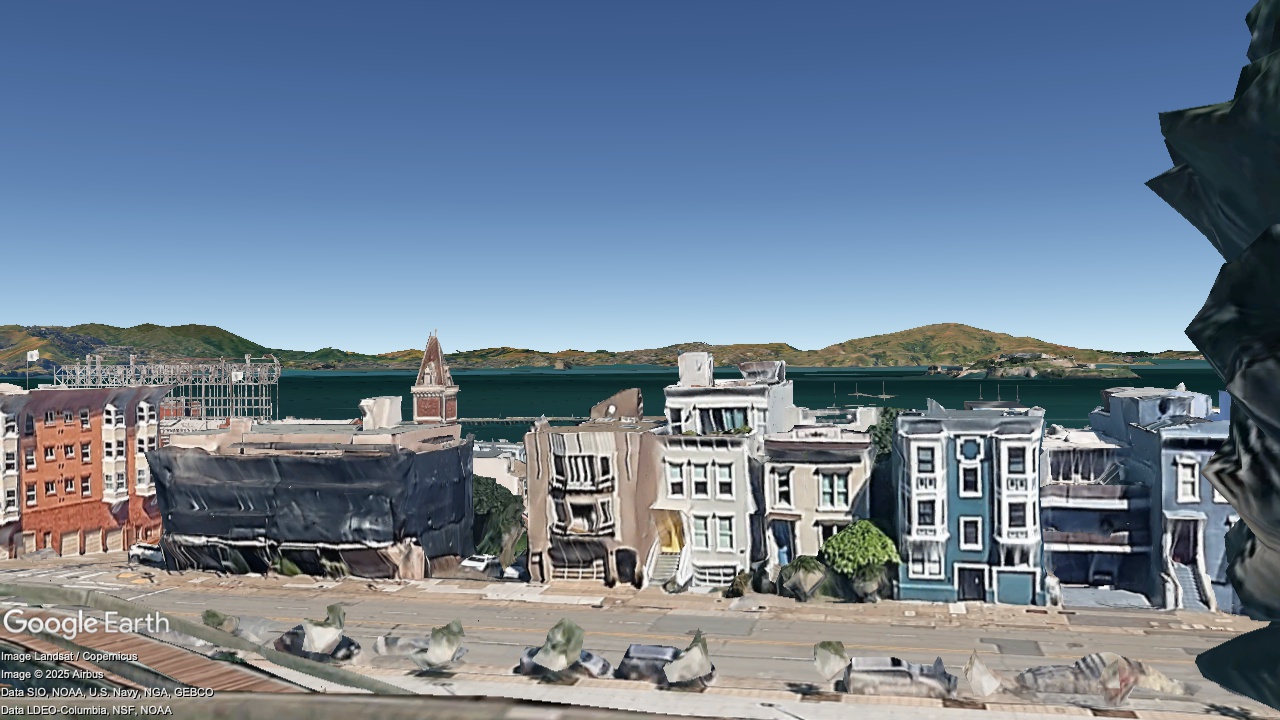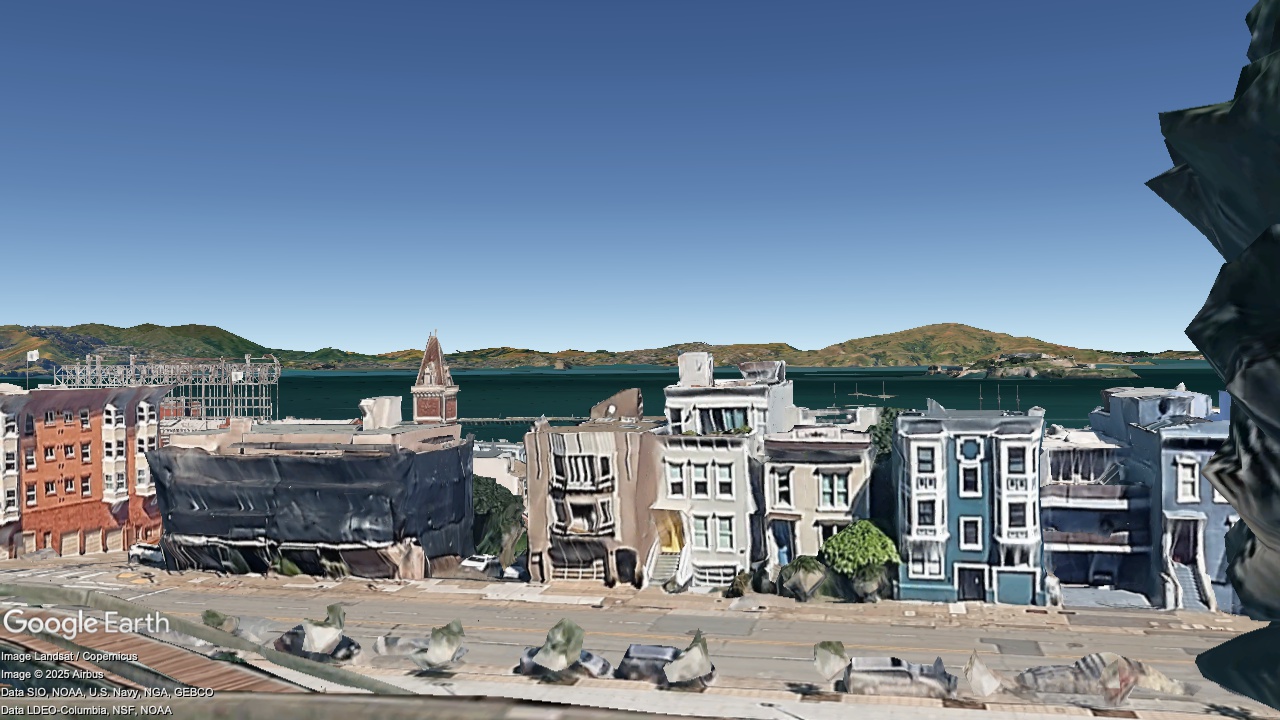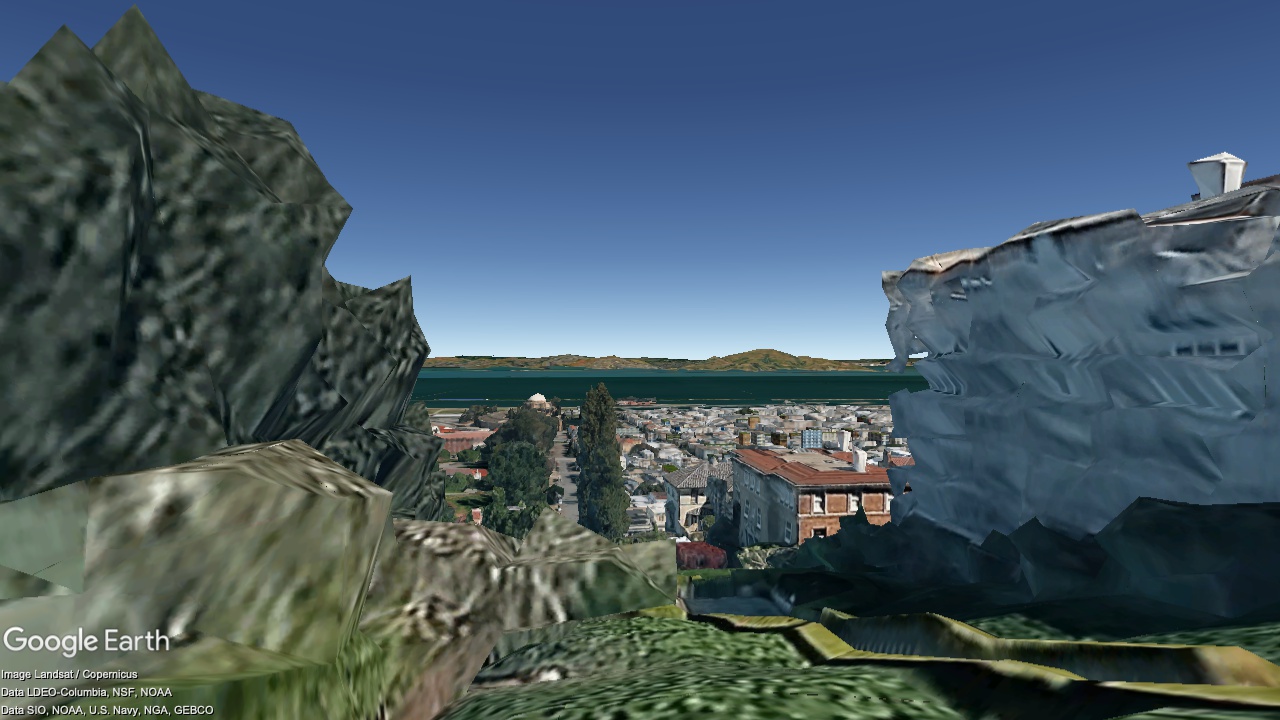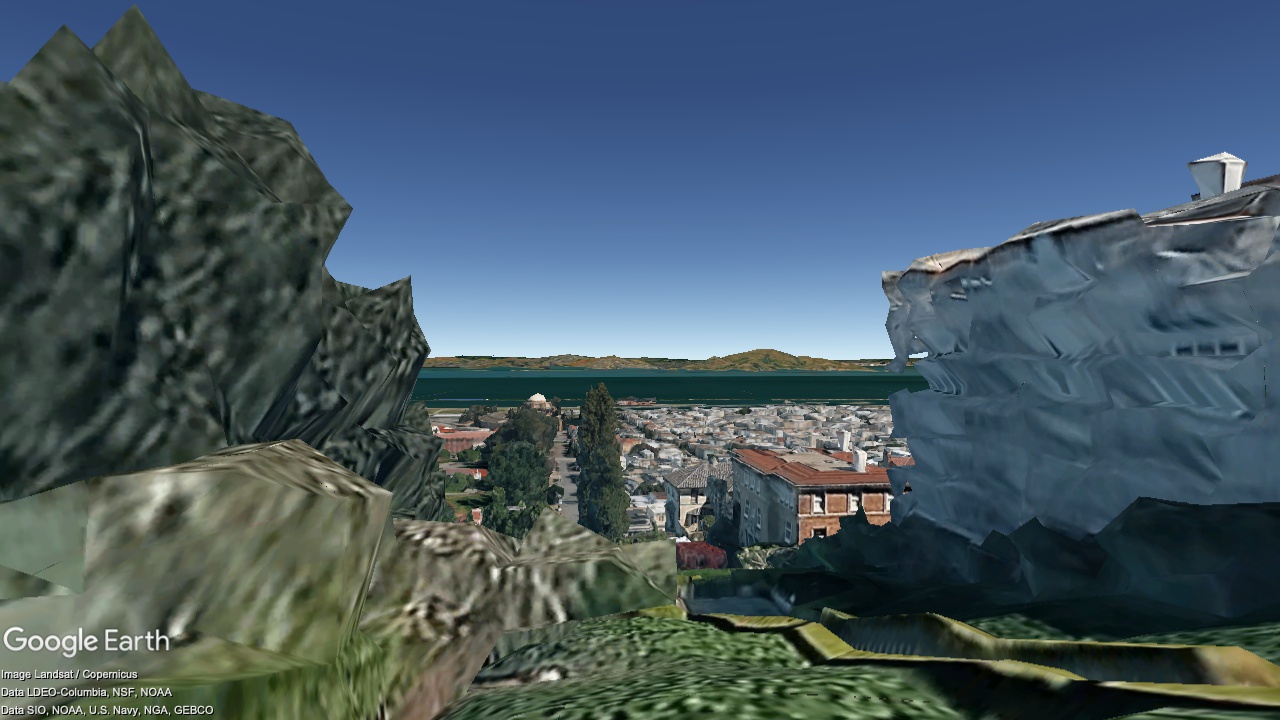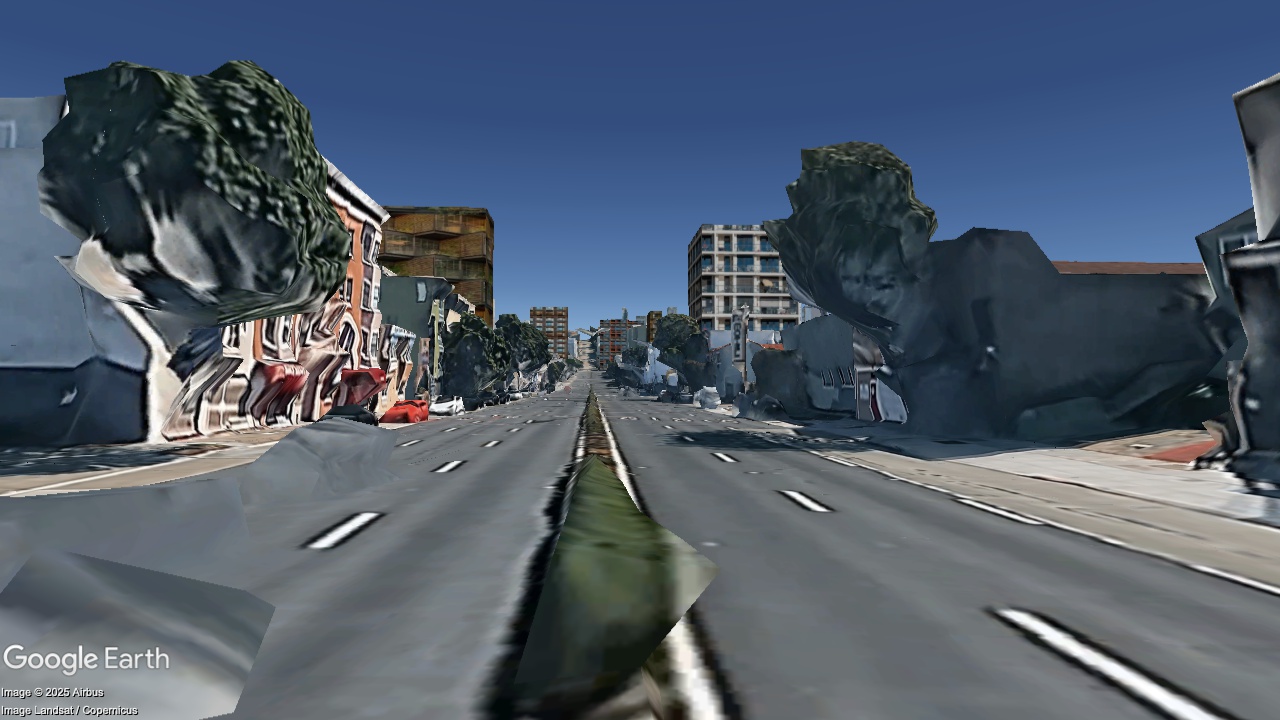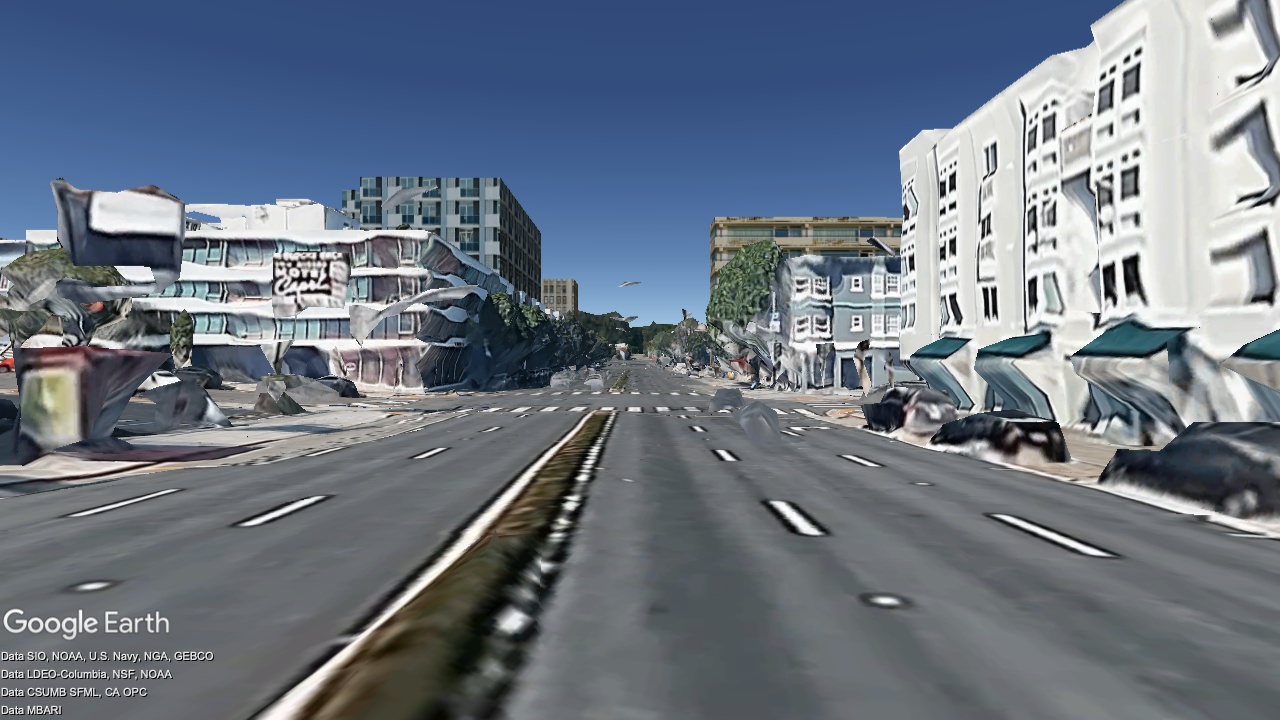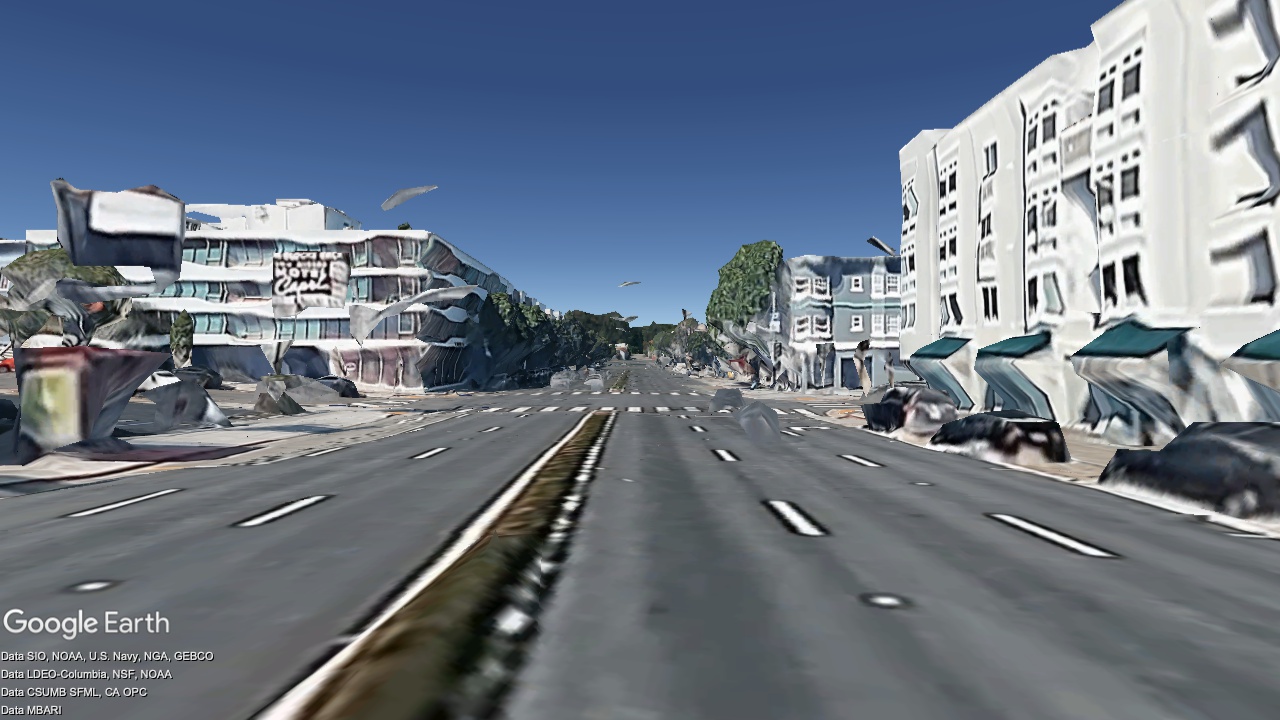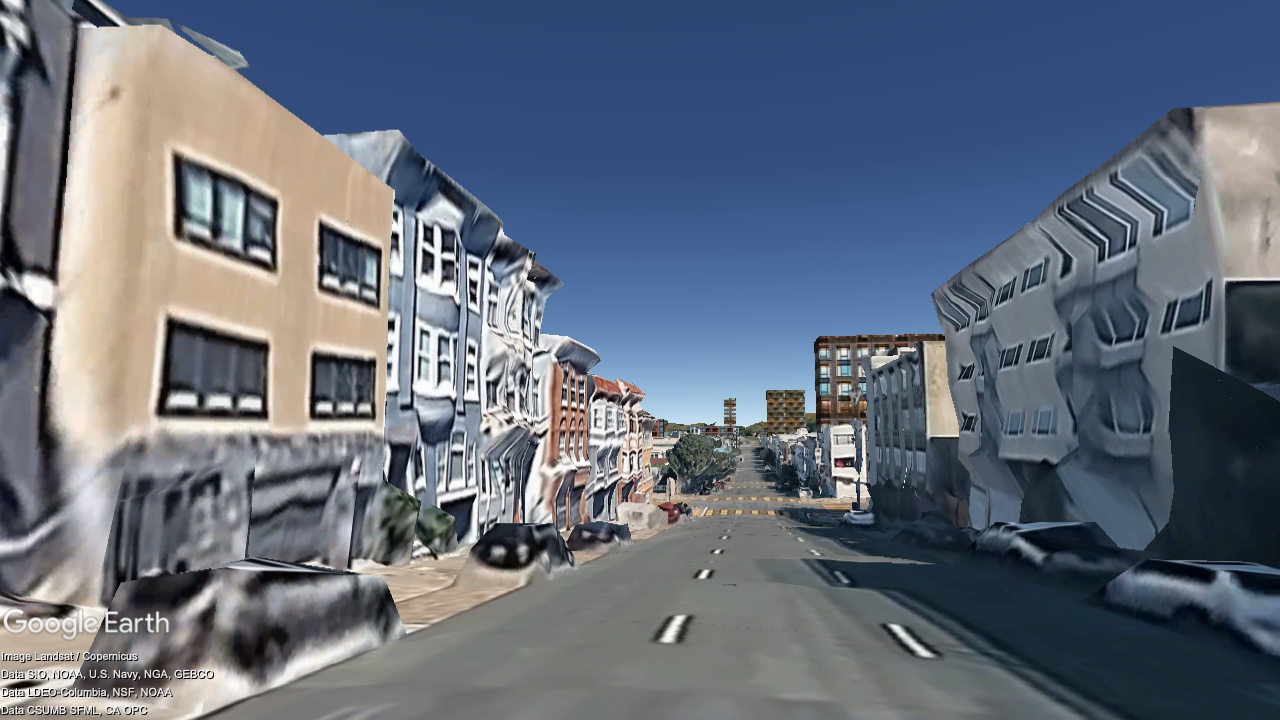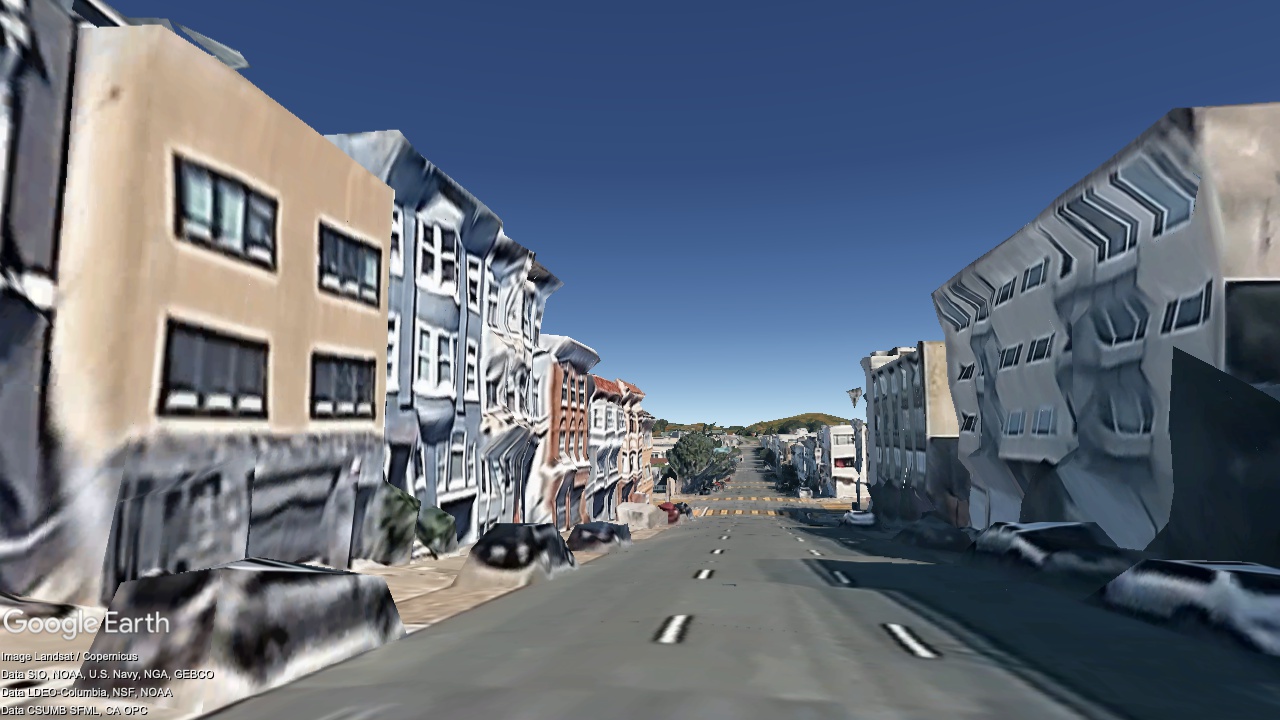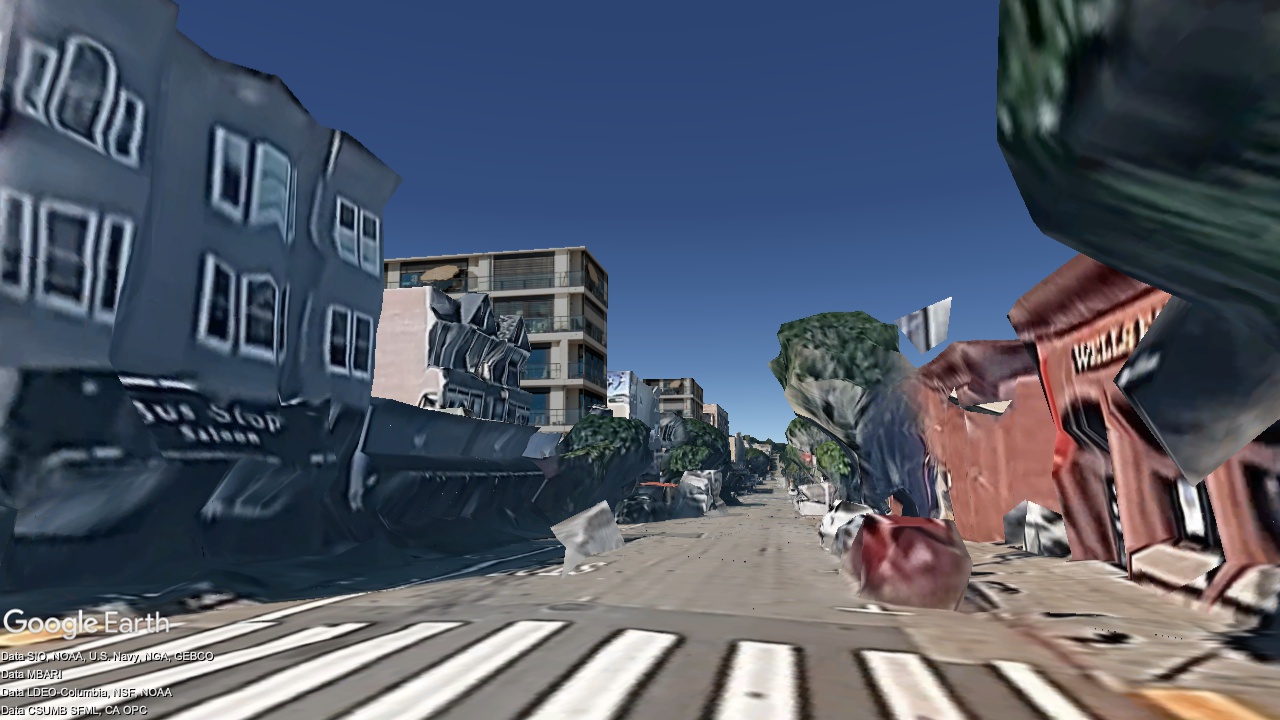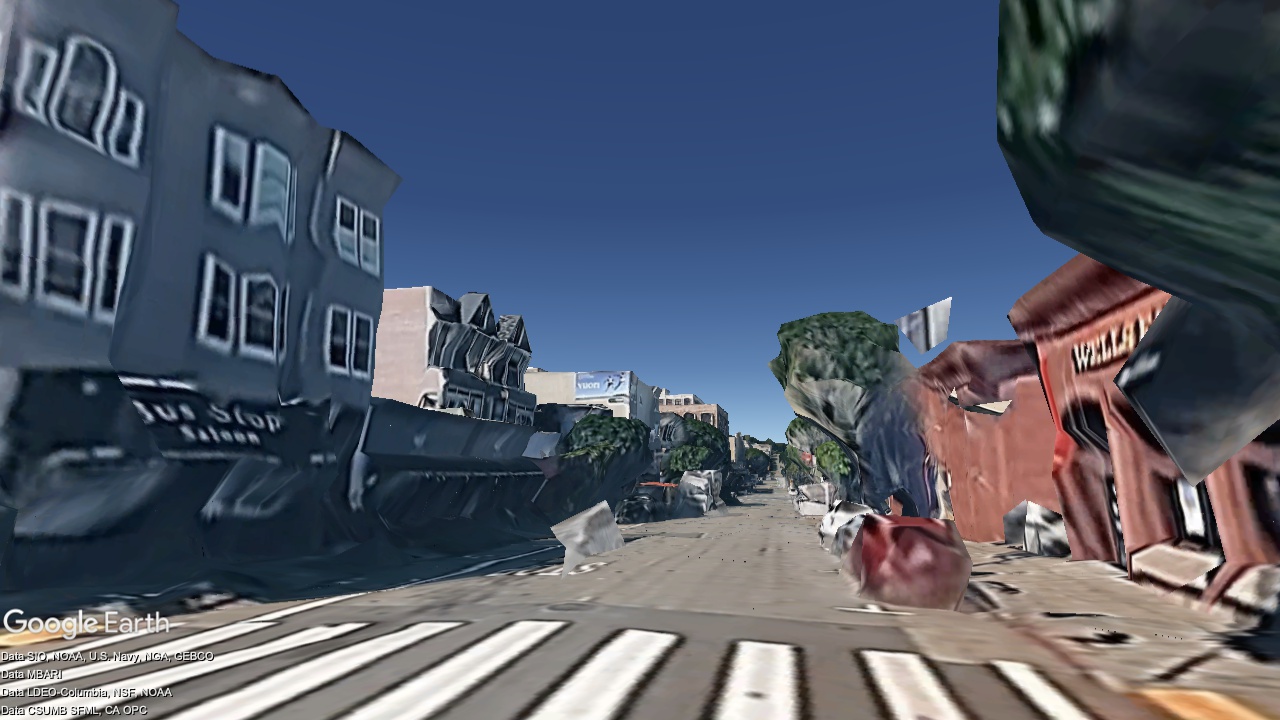SF's proposed rezoning will not have an overnight impact: instead, development occurs slowly. This is an attempt to visualize the long-term impacts of the currently proposed Family Zoning Plan.
These views simulate a potential view of the city in 10 years, under the "Family Zoning" proposal, based on our best understanding of how much development is likely. These images are not meant to be exact, but rather to give a sense of how the city might look in the future.
Some neighborhoods will have almost no visible changes, adding density through low-rise infill development. Some intersections will see large developments.
We attempted to not cherry-pick results or camera placement, but to show a possible and realistic potential future.
Note for mobile users: This is best enjoyed in landscape mode. Refresh after rotating if you have issues!
